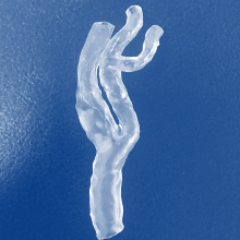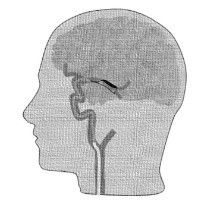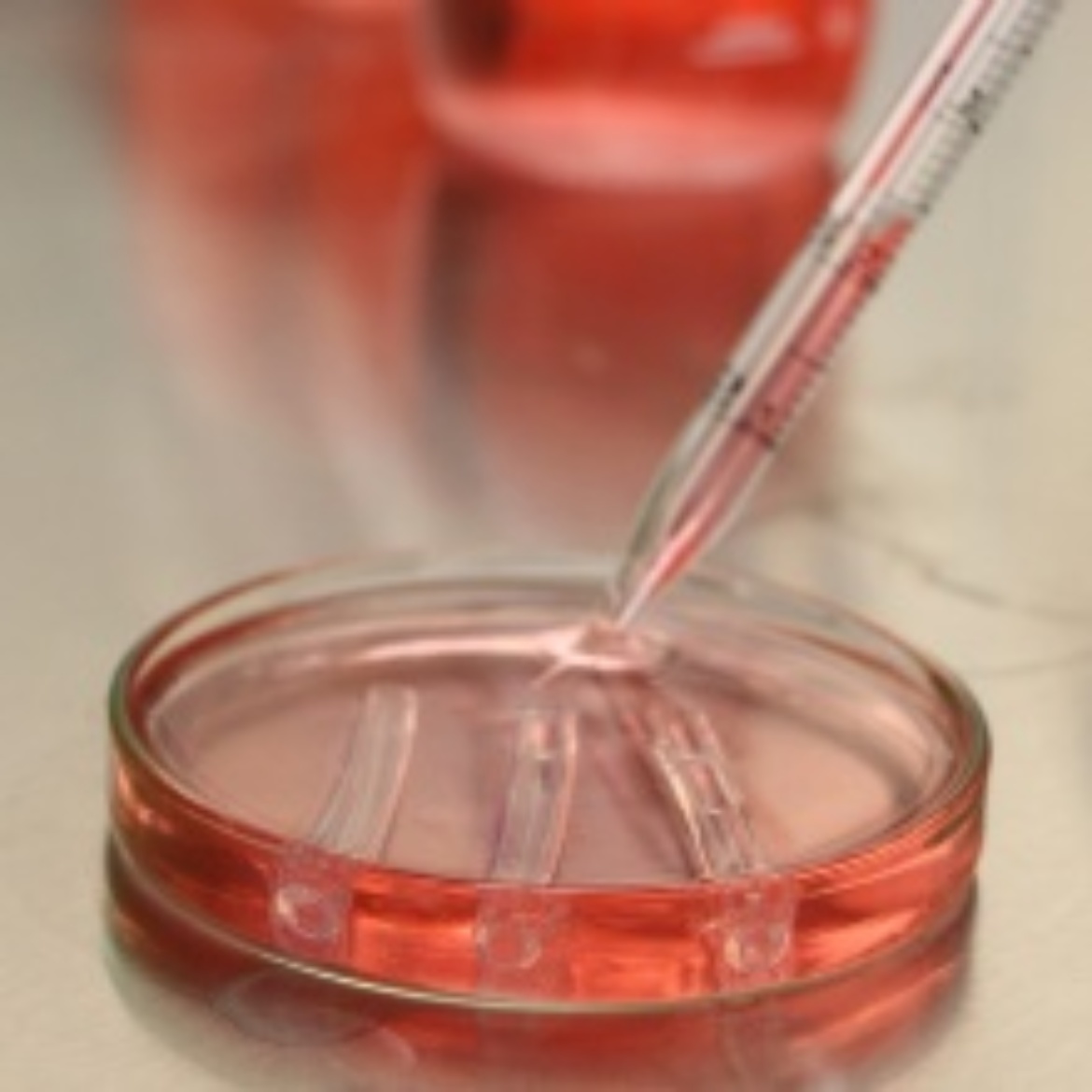
Our Research
Giorgio Cattaneo’s group is doing research on minimally invasive therapies, including catheter and implant technologies, with a particular focus on the treatment of cardio and neurovascular diseases (diseases affecting the blood vessels in the heart and brain).
In the last decades, novel methods and devices have been established for a more and more minimally invasive, catheter-based treatment or prevention of widespread vascular diseases such as heart infarct and stroke (first causes of death worldwide). Due to the increasing complexity of these therapies, involving novel miniaturized implants, biomaterials and substances, there is an overwhelming need for understanding their mechanism of interaction within the circulatory system before clinical application.
Current in vitro vascular models miss crucial factors such as fluid dynamics, physiological pulsation due to the heart beating as well as mechanical compliance, defined as the ability to deform under the action of changing pressure. Moreover, the lack of human vascular cells (endothelial cells) does not allow investigation of crucial effects such as in-implant thrombosis (blockage by clot formation) and regeneration of the blood vessel wall (endothelium). Although animal models offer higher complexity, they are demanding, limitedly reproducible and do not permit implant follow-up in real time, in addition to the obvious ethical concerns particularly in the early product development phase.
Focus on the 3Rs
Against this background, novel vascular models made of synthetic and natural materials have been developed at BMT since 2019. Data from medical imaging is used to recreate patient-specific anatomies, which are translated to physical models using a combined 3D-printing and molding technology. Material combination allows for appropriate mechanical properties while seeding of endothelial cells aims at providing a realistic biological environment for studies on implant-tissue interaction.
In this perspective, tissue models have been produced and characterized using different classes of biocompatible hydrogels, whereas surface engineering approaches are aimed to improve cell-biomaterial interaction. Moreover, in the frame of the RISC-project “green vessel”, funded by the local government, natural scaffolds are under investigation as a novel approach in the young and high-potential field of plant-based tissue engineering.
Contact

Giorgio Cattaneo
Prof. Dr.-Ing.Head of the institute, Academic dean Master Medical Engineering

Raluca Tamas
Dr. rer. nat.3R-BioMedicUS Scientific Coordinator



